Table of contents
Fashion is more than just clothing—it’s a form of self-expression, identity, and confidence. For individuals with disabilities, dressing stylishly can often come with unique challenges that mainstream fashion doesn’t address. That’s where adaptive fashion comes in. This inclusive style revolution is designed to make dressing easier, more comfortable, and more empowering for everyone.
🔍 What Is Adaptive Fashion?
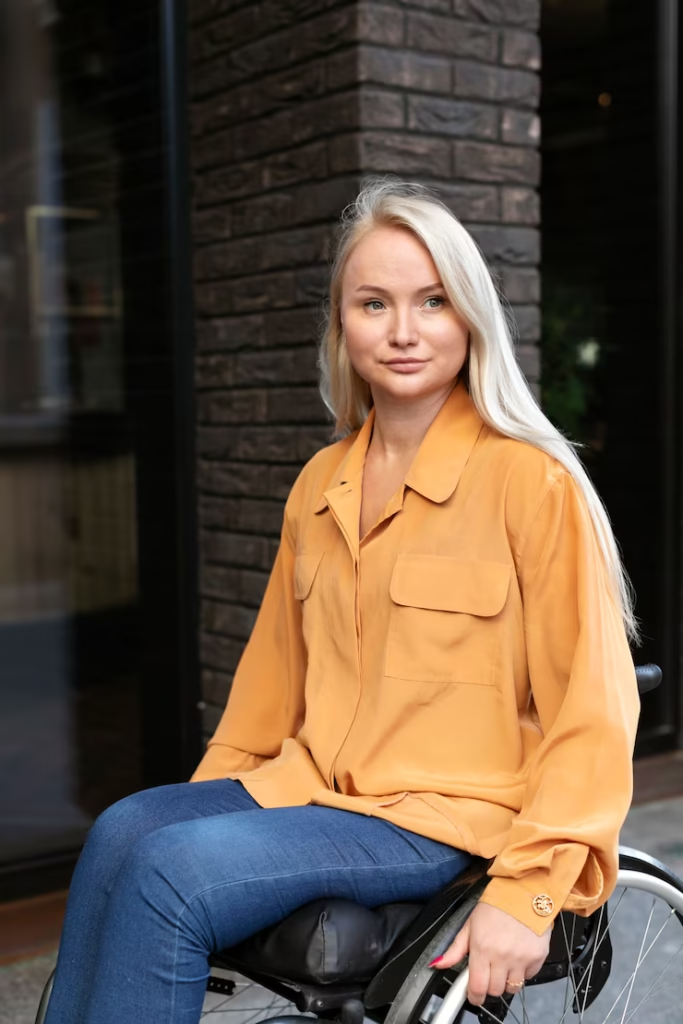
Adaptive fashion refers to clothing designed specifically to meet the needs of individuals with physical disabilities, sensory sensitivities, or limited mobility. It focuses on comfort, functionality, and accessibility without compromising style. Key features of adaptive clothing may include:
- Magnetic closures instead of buttons or zippers
- Elastic waistbands
- Easy-open necklines
- Tagless labels
- Adjustable fits
- Wheelchair-friendly silhouettes
These thoughtful designs allow for easier dressing and undressing, reducing stress and promoting independence.
🛍️ Why Adaptive Fashion Matters
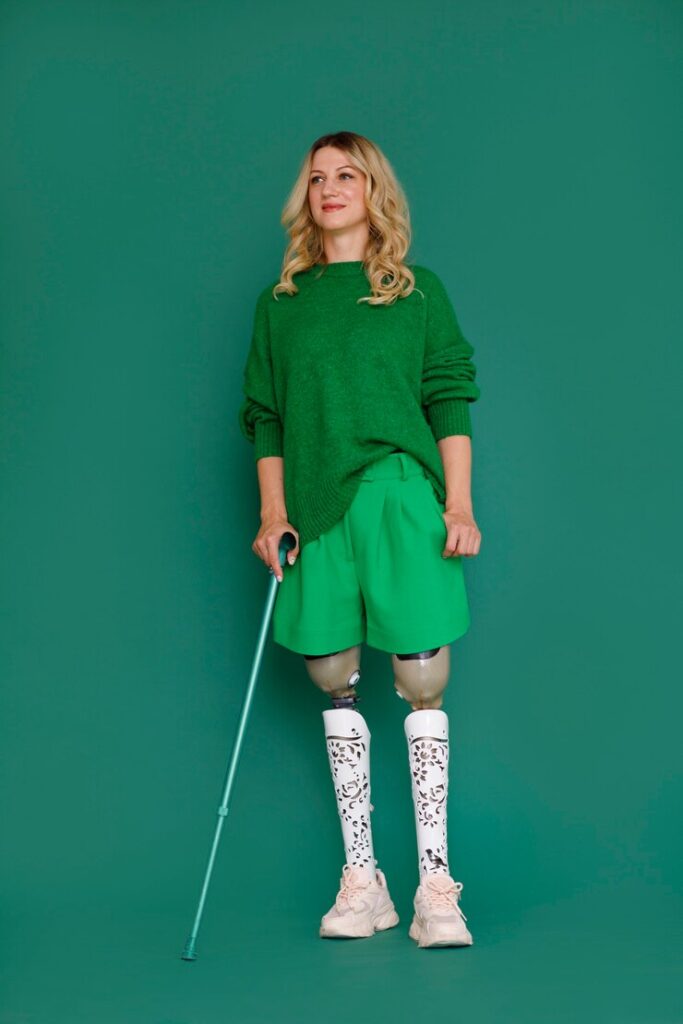
Adaptive fashion isn’t just a trend—it’s a movement toward inclusion and equality in the fashion industry. Here’s why it’s essential:
- Promotes dignity and self-expression
- Empowers independence in dressing
- Reduces the need for caregiver assistance
- Minimizes discomfort for individuals with sensory issues
- Fills a long-overlooked gap in the fashion market
Clothing should make people feel good—no matter their physical ability.
🧥 Popular Adaptive Fashion Brands
Several brands have taken the lead in designing inclusive clothing lines that are both functional and fashionable:
👖 1. Tommy Hilfiger Adaptive
One of the first mainstream brands to introduce an adaptive line with magnetic buttons, one-handed zippers, and seated wear designs.
👚 2. IZ Adaptive
Designed specifically for wheelchair users, this brand offers modern clothing with back-overlap tops and pants designed for seated positions.
👟 3. Zappos Adaptive
Offers a wide selection of easy-on shoes, sensory-friendly apparel, and adaptive designs for kids and adults.
🧒 4. Target’s Adaptive Line
Their Cat & Jack and Universal Thread lines offer affordable, sensory-friendly, and adaptive kids’ and adult clothing.
💡 Tips for Shopping Adaptive Fashion
When looking for adaptive fashion options, consider the following:
- Understand specific needs: Think about mobility, dexterity, and sensitivity.
- Prioritize comfort: Look for soft fabrics, flat seams, and easy closures.
- Consider the dressing process: Choose items that can be put on while sitting or lying down.
- Focus on function and fashion: There are plenty of stylish options that are also practical.
🧠 5 Frequently Asked Questions About Adaptive Fashion
Adaptive fashion benefits anyone with limited mobility, dexterity challenges, sensory sensitivities, or those recovering from surgeries. It’s also ideal for elderly individuals or caregivers assisting others.
Not necessarily. While some brands are on the higher end, many affordable retailers (like Target and Kohl’s) now offer adaptive lines that fit most budgets.
Absolutely! Adaptive clothing today is designed with trends in mind. You can find everything from casual tees to office wear and elegant evening options.
These are clothes made with soft, breathable materials and minimal seams or tags—ideal for people with sensory processing disorders or autism.
Brands like Tommy Hilfiger, Target, and Zappos offer adaptive children’s lines that accommodate braces, G-tubes, and other medical devices.
🌟 Final Thoughts on Adaptive Fashion
Everyone deserves the opportunity to feel confident and stylish in what they wear. Adaptive fashion brings accessibility, dignity, and independence to individuals with disabilities by reimagining how clothes are designed and worn. It’s not just about clothing—it’s about representation, inclusion, and the right to self-expression.
As awareness grows, so does the demand for more inclusive design across the fashion world. It’s a powerful step toward a future where fashion truly is for everyone.

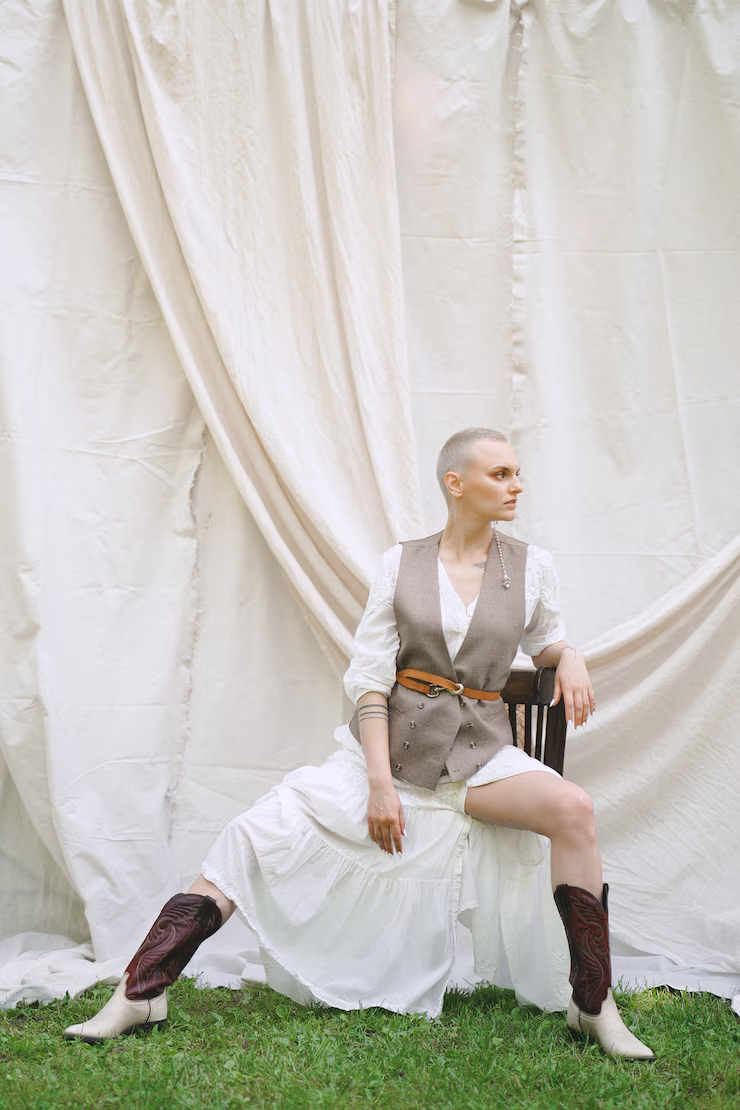

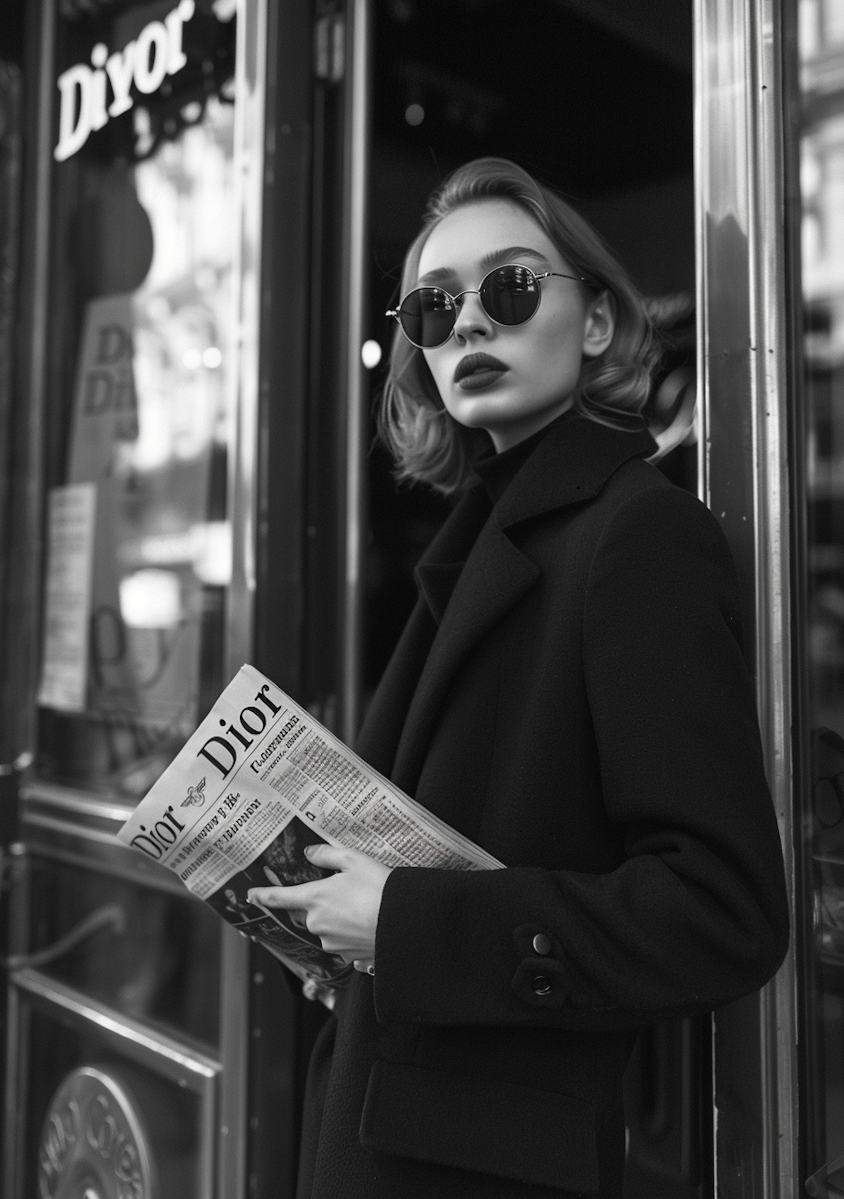
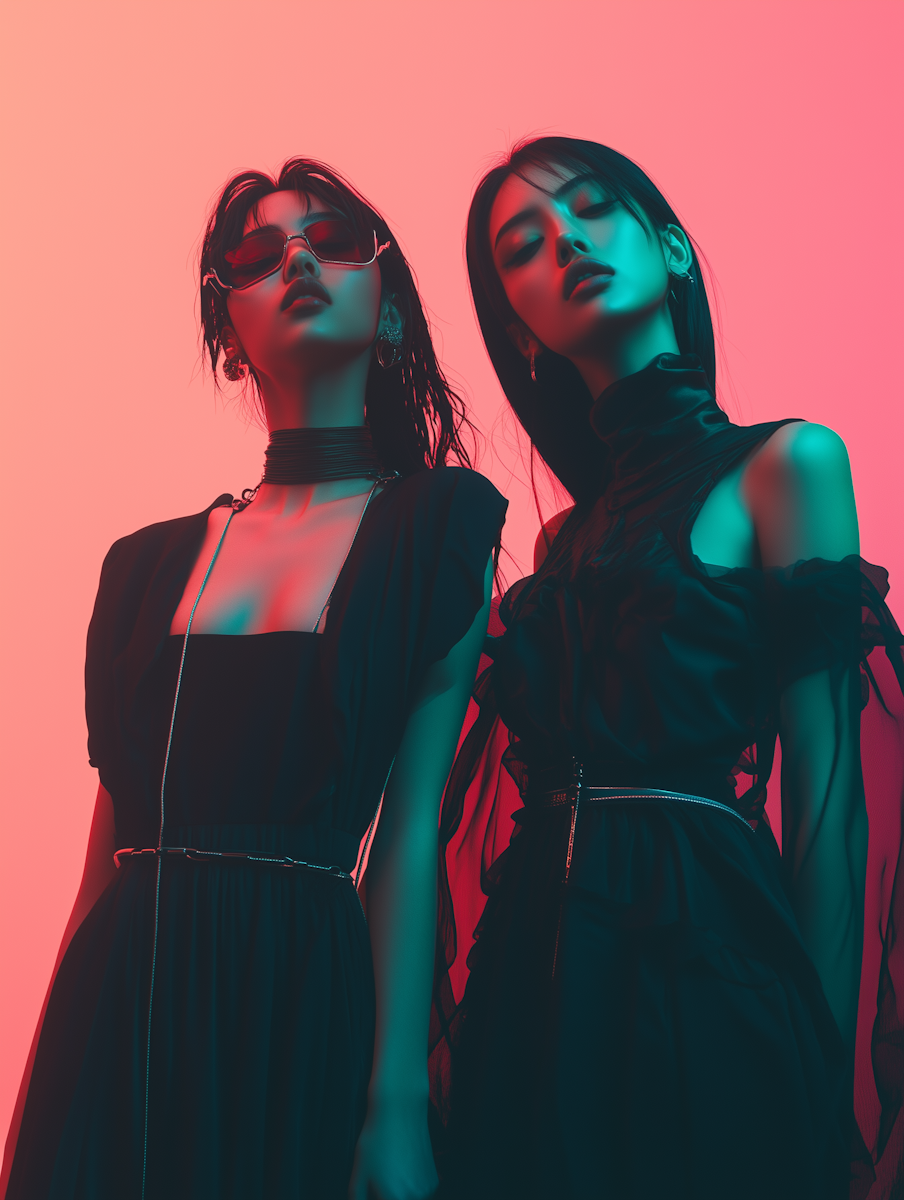
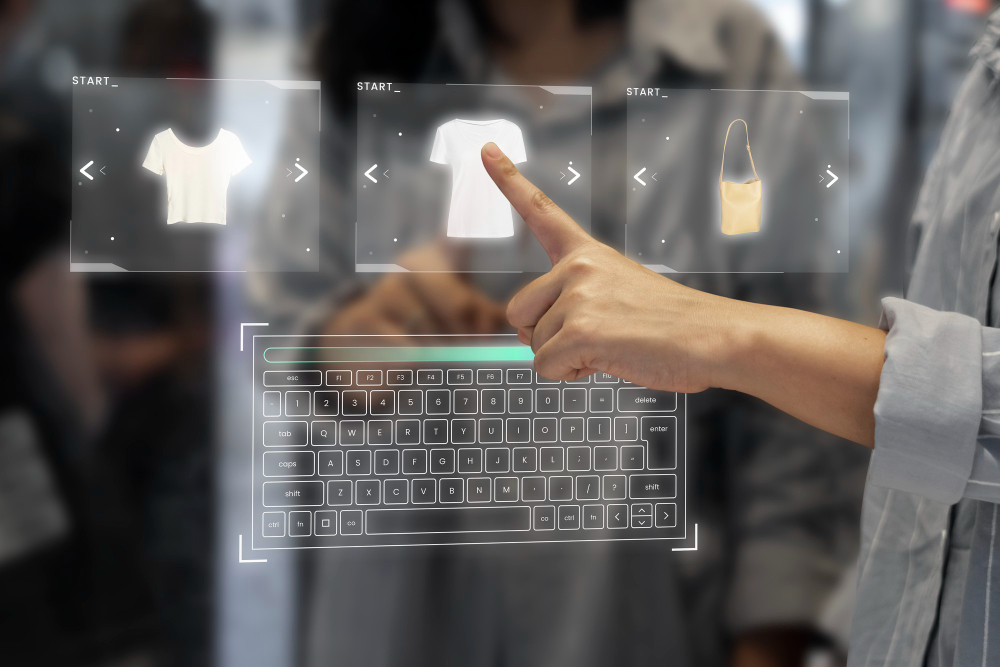
Only a smiling visitor here to share the love (:, btw outstanding design.